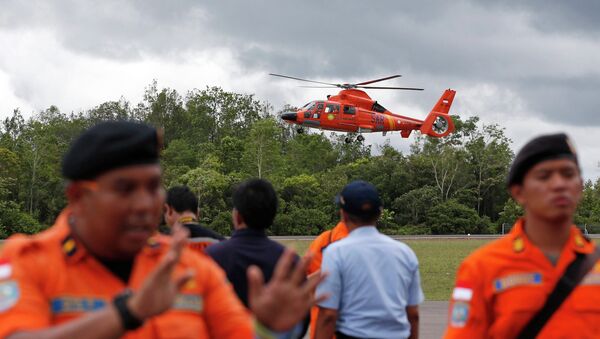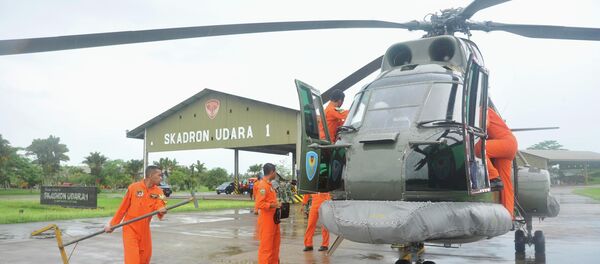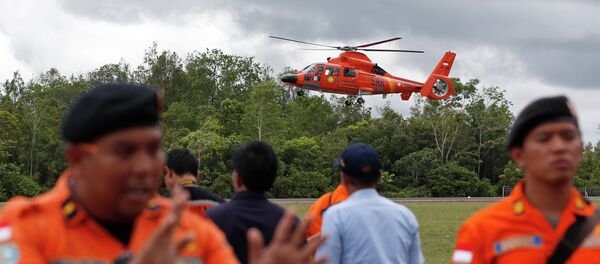According to Detik.com news portal, the weather in the area of the operation remains cloudy, however, the height of the waves reduced to two-three meters (about 6-9 feet). The speed of the underwater current in the Karimata Strait, where earlier on Saturday the rescue workers found two large fragments of the aircraft, is three knots.
The chief of Indonesia's search and rescue agency (Basarnas) Henry Bambang Sulistyo said that the high speed of the water flow became the main obstacle for using a remotely operated underwater vehicle, which located the plane's fragments on Saturday, as it is constantly drifts the vehicle aside.
Indonesian officials believe the search operation is close to a major breakthrough on Sunday, hoping a break in the weather will give them a chance to find the plane's black boxes and recover more bodies.
Divers are battling bad weather to try to recover 'large' objects found in the AirAsia search http://t.co/MRCKSedxq6 pic.twitter.com/LXtb0Nqvbe
— ITV News (@itvnews) 4 января 2015
"Weather should provide the search effort with a window of opportunity today, with lower waves expected for the next two days," said Rukman Soleh, weather bureau chief in Pangkalan Bun, the southern Borneo town where the search operation is based, according to Reuters.
The team arrived to the country with an Il-76 airlifter, a Be-200 amphibious aircraft and high-tech search equipment, including the remote-controlled Folkon deepwater vehicle, designed to operate at depths of up to 1,000 meters (3280 feet).
AirAsia's Airbus A320-200, carrying 155 passengers and seven crew members, crashed into the Java Sea on December 28. A multinational team of specialists is currently taking part in the search operation at the suspected crash site, having recovered 30 bodies so far.






